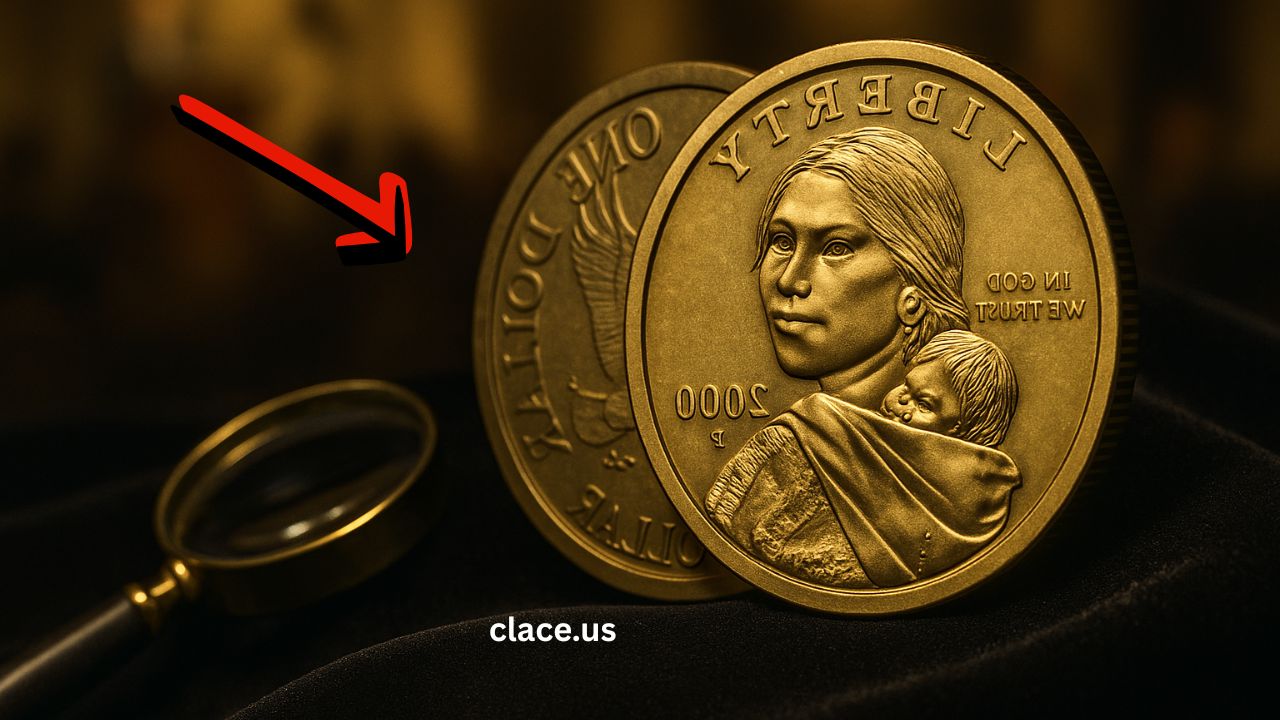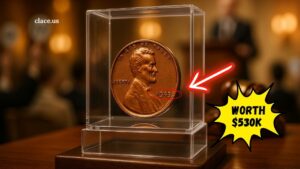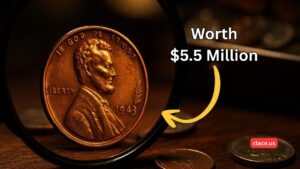This Rare Sacagawea Dollar Coin Just Sold for $2.1 Million – Here’s Why
A seemingly ordinary Sacagawea dollar turned out to be an extraordinary minting error—now valued at an astonishing $2.1 million. Dubbed a mule error coin, this ultra‑rare coin combines design elements that should never have existed together, making it a holy grail among modern U.S. coin collectors.
What Makes This Coin So Exceptionally Valuable?
This coin’s astronomical value is due to a combination of factors:
- Uniqueness – It features mismatched heads and tails, a true mule error from the U.S. Mint.
- Scarcity – Only a handful of such errors are known to exist.
- Condition – The coin is in pristine, near‑mint condition, further elevating its worth.
- Collector Demand – Mule and experimental errors are among the most prized by numismatists.
The Science of a “Mule Error”
A mule occurs when a coin is struck using dies (or planchets) intended for different denominations. In this case, a Sacagawea dollar die mistakenly struck a Washington quarter planchet, or vice versa—creating a hybrid design unpredictably stamped into circulation. Such mistakes are exceptionally rare and highly desirable.
Quick Facts: The $2.1 Million Mule Coin
| Feature | Details |
|---|---|
| Coin Type | Sacagawea dollar struck as mule |
| Error Type | Mismatched obverse and reverse (“mule” error) |
| Material / Planchet | Quarter‑style planchet paired with dollar die |
| Condition | Near‑mint, high grading |
| Estimated Value | $2.1 million |
| Rarity | One of the few known |
| Collector Appeal | Ultimate modern‑era numismatic treasure |
| Authentication | Graded and verified by leading services |
Why This Discovery Electrified the Numismatic World
This coin stands apart as a once‑in‑a‑generation treasure, an accidental marvel from the Mint that escaped detection.
Numismatists are in awe, combing through dealer stock, old collections, and even spare change in hopes of uncovering similar anomalies. Its discovery is a potent reminder that everyday currency can conceal astounding history.
How Mule Errors Occur (and Why They’re Rare)
Mint error coins typically result from:
- Mismatched dies and planchets
- Inadequate quality control
- Human or mechanical oversight
Thanks to modern minting protocols, such errors are nearly extinct—making any surviving mules like this Sacagawea coin virtually priceless.
The Ripple Effect in Coin Collecting
The discovery has ignited a surge of interest in modern U.S. dollar coins, especially those minted around 2000.
Collectors are now more vigilant, inspecting coin collections and circulation finds with renewed enthusiasm—and many seek professional grading to authenticate potential treasures.
This $2.1 million Sacagawea mule coin isn’t just a high‑value error—it’s a symbol of the thrill that can be hiding in your pocket.
As a stunning example of minting gone wrong, it revitalizes a passion for everyday coinage and proves that sometimes, the most valuable history is the most unexpected.
FAQs
A mule error occurs when a coin is struck using die(s) or planchet intended for a different denomination—creating a mismatched and unintended hybrid coin.
Its extreme rarity, error type, pristine condition, and collector demand have elevated it to one of the most coveted modern U.S. minting anomalies.
Have the coin authenticated by reputable grading services. Proven rarity is essential for establishing value, especially in high‑stakes numismatics.




